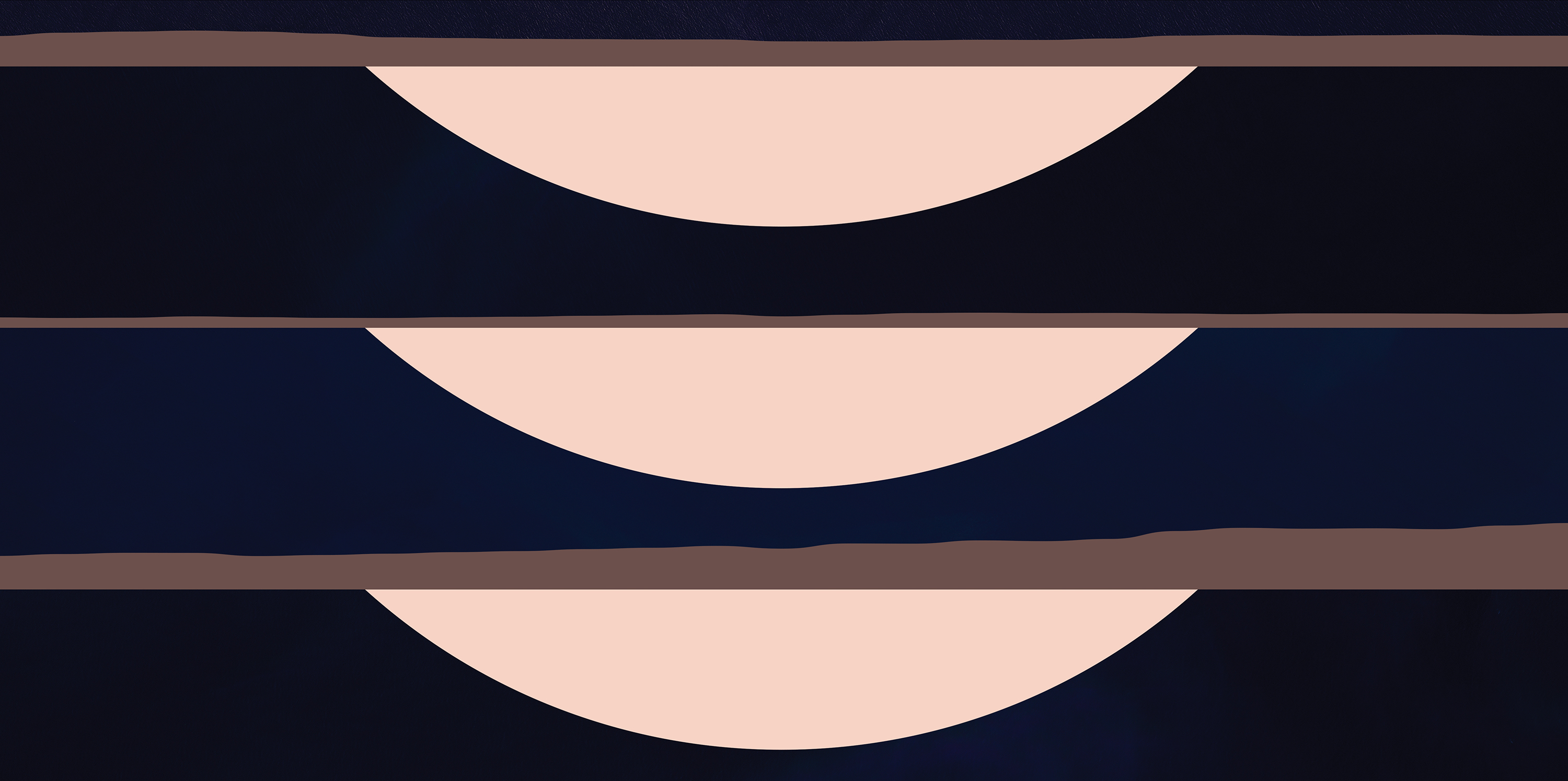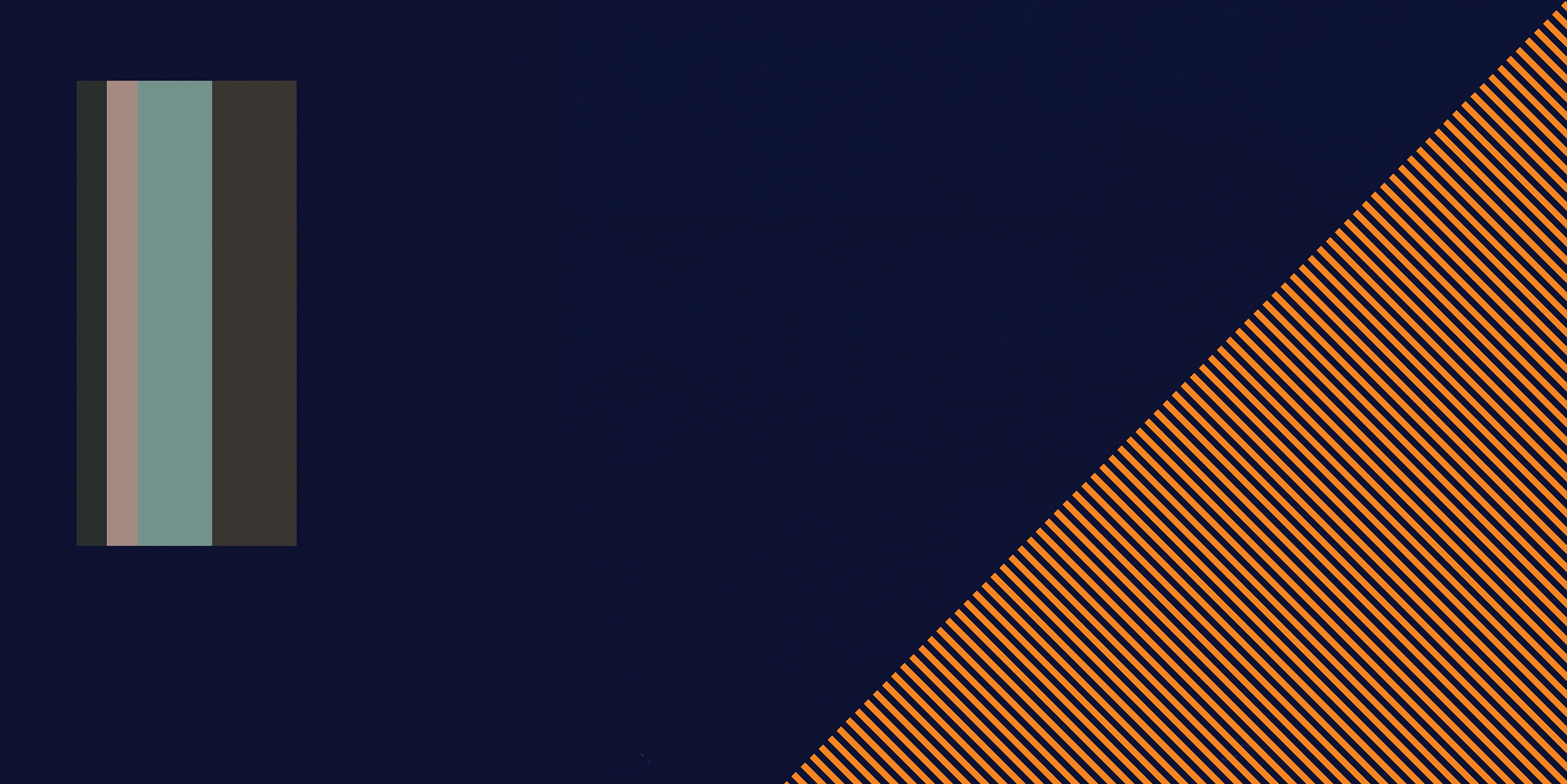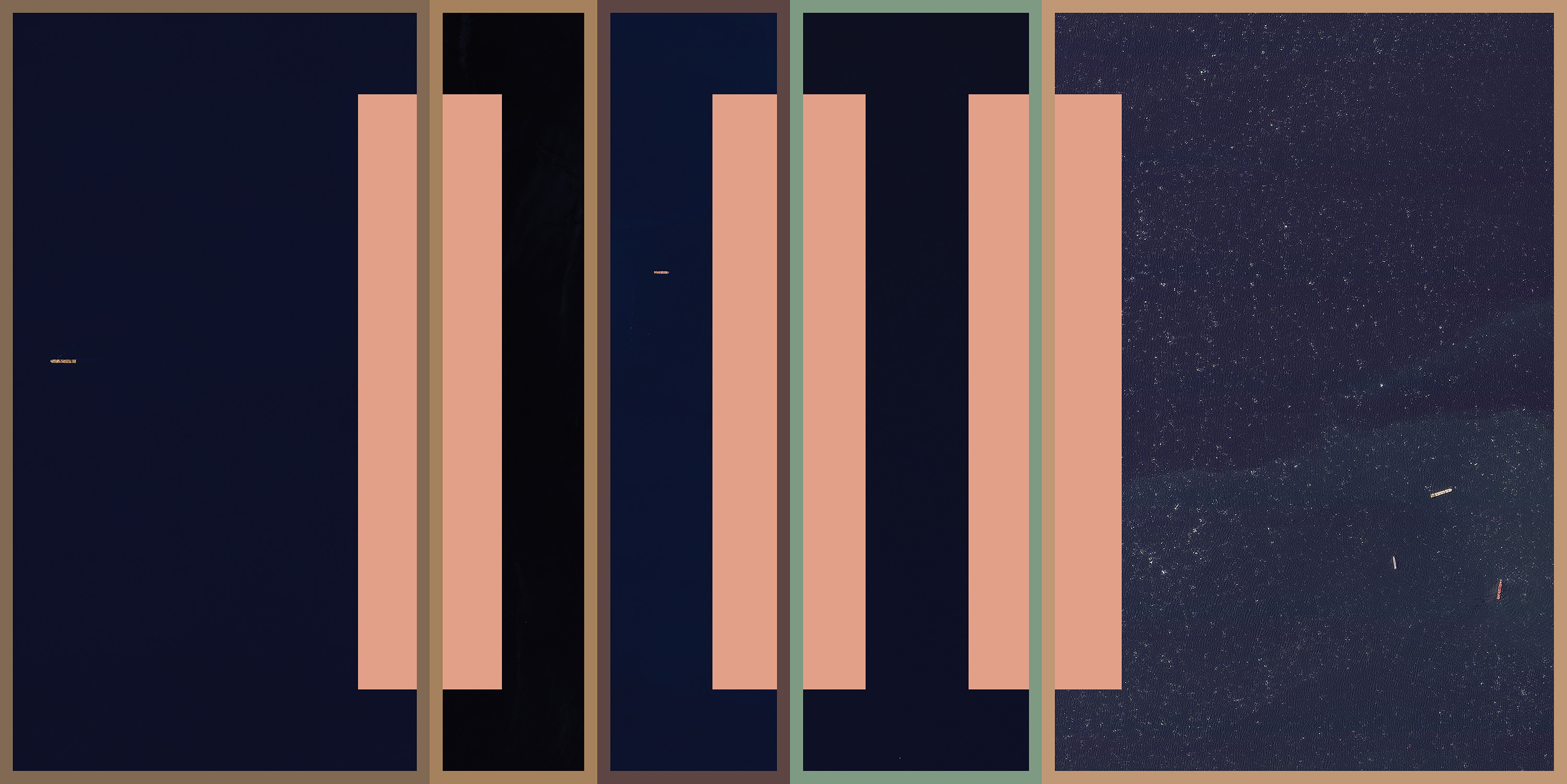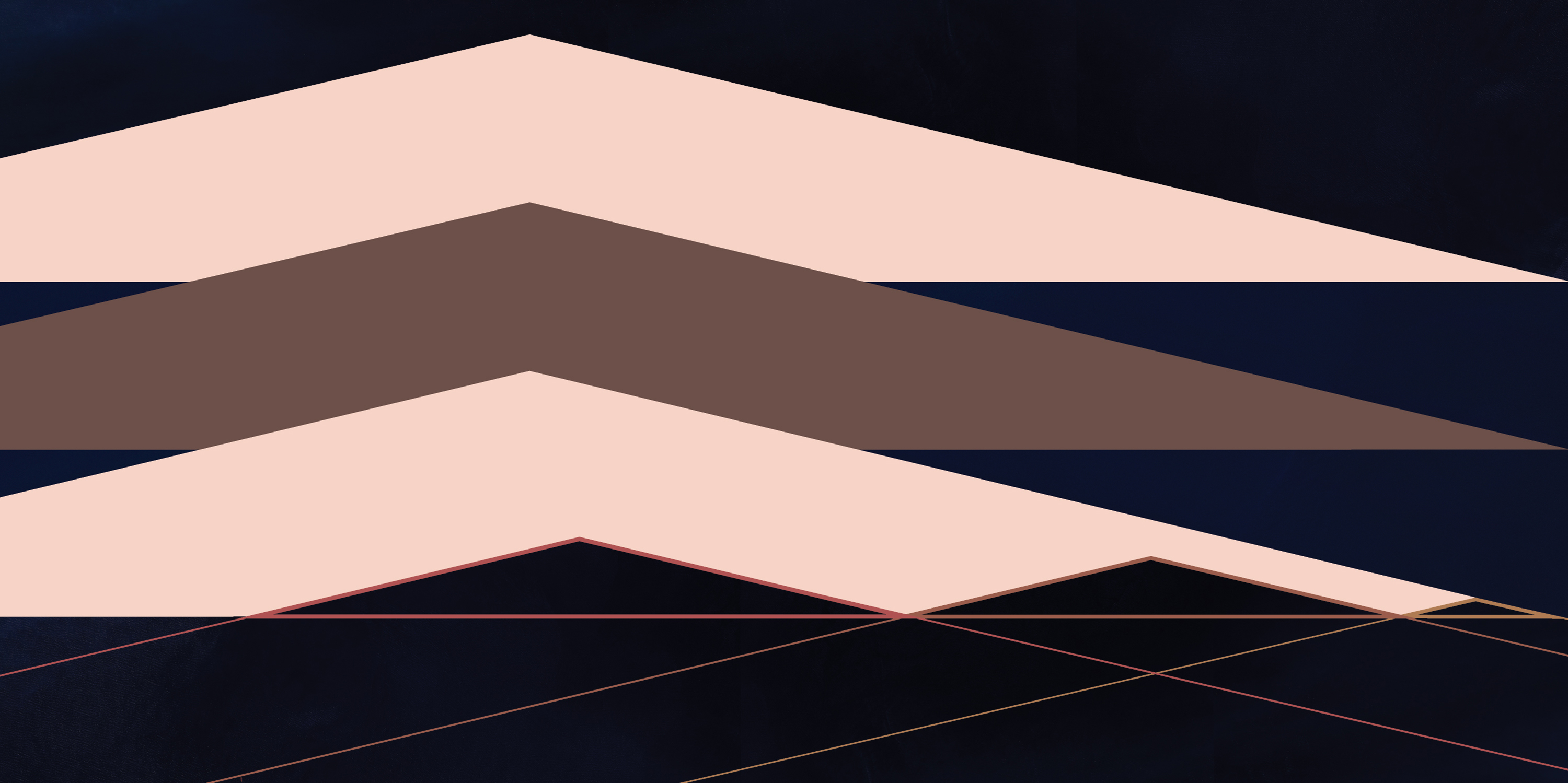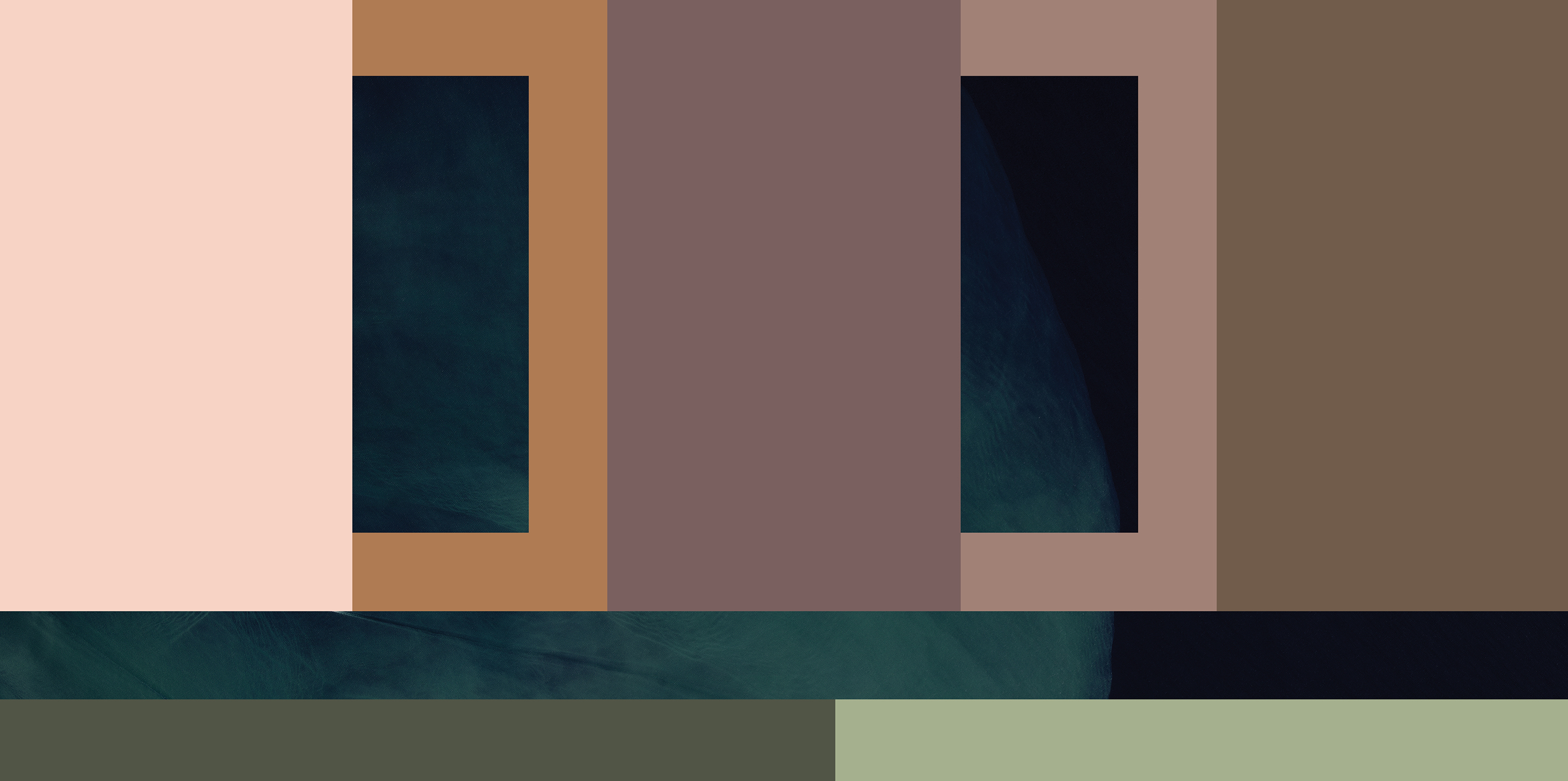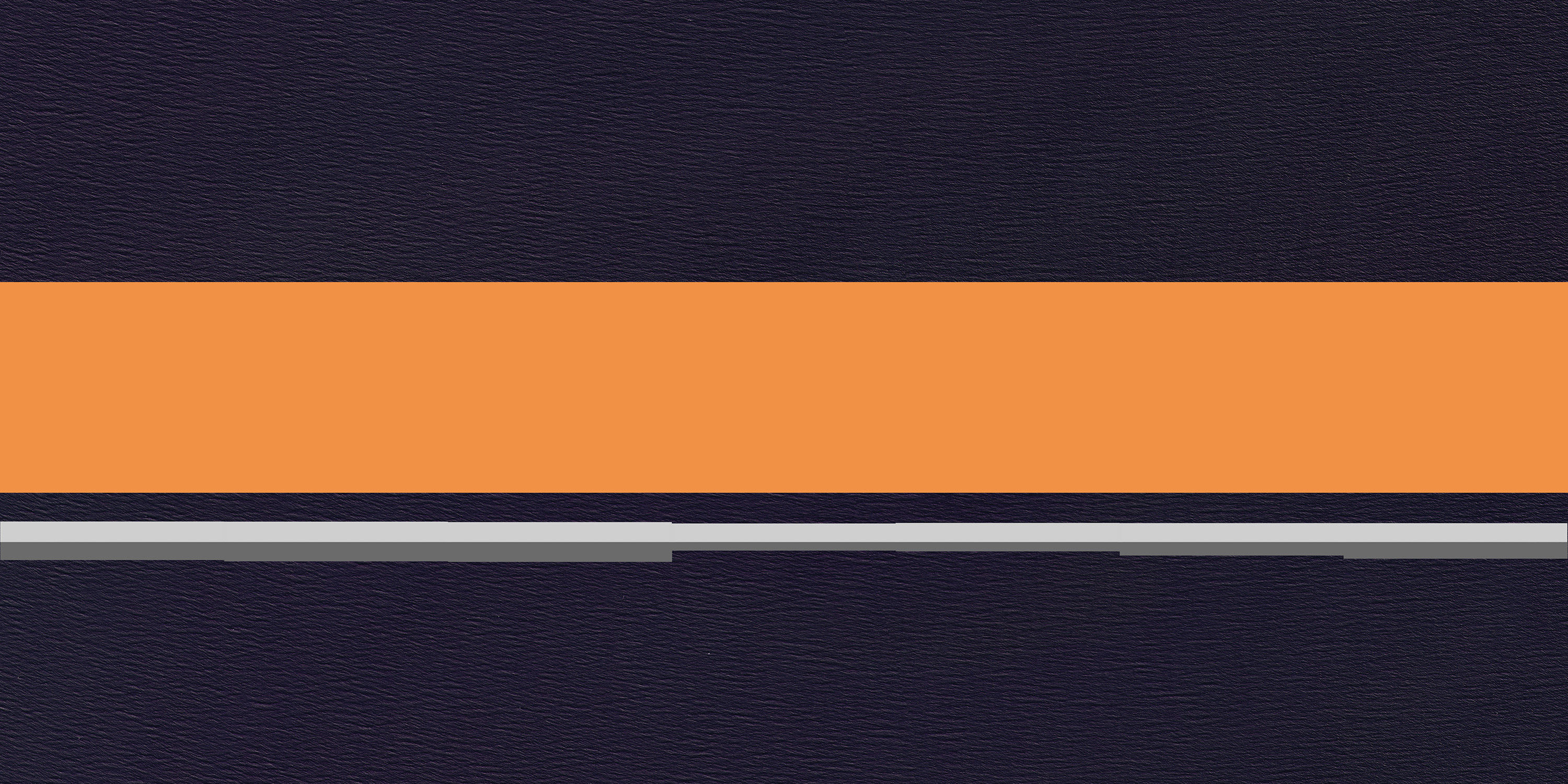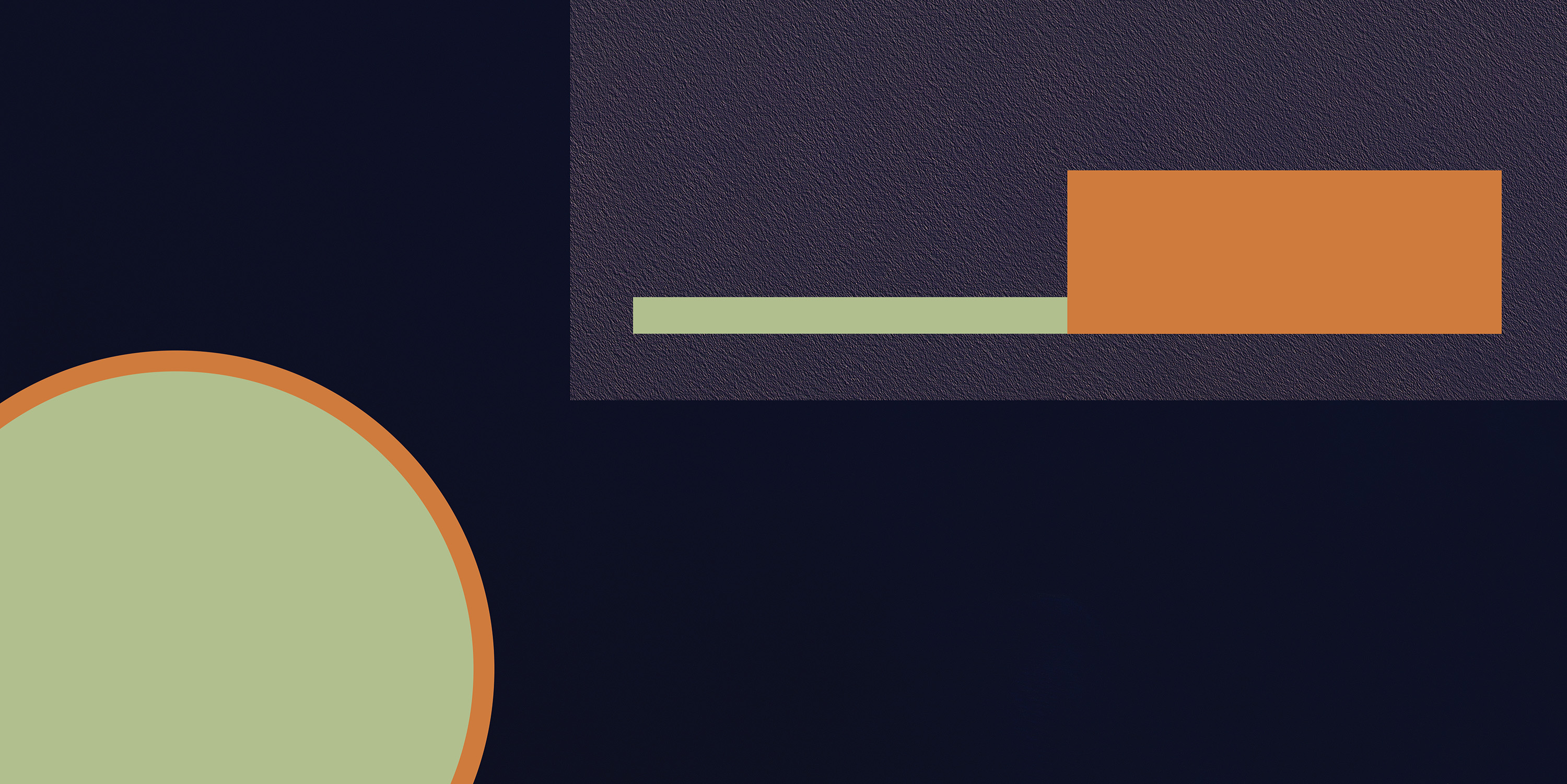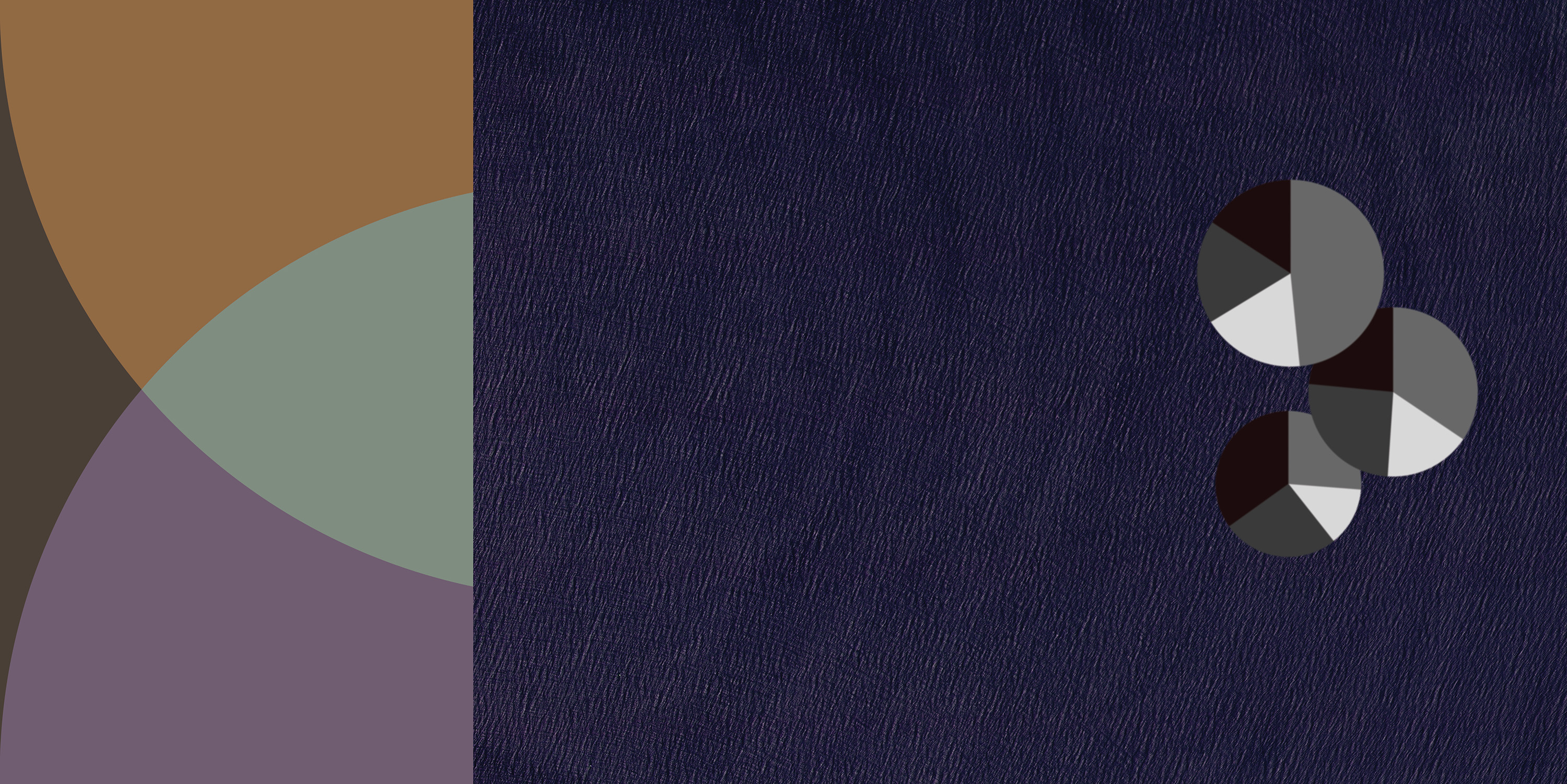Ripples
Sydney Hart
— Ripples examines how we understand and visualize data related to the environmental impact of global trade.
— A collaboration between artist Sydney Hart, curator Christine D'Onofrio, researcher Gavin Fridell, and the Global Reporting Centre.
— It was installed until late November, 2025, as a series of five billboards along Vancouver’s Arbutus Greenway as part of a City of Vancouver public art project.
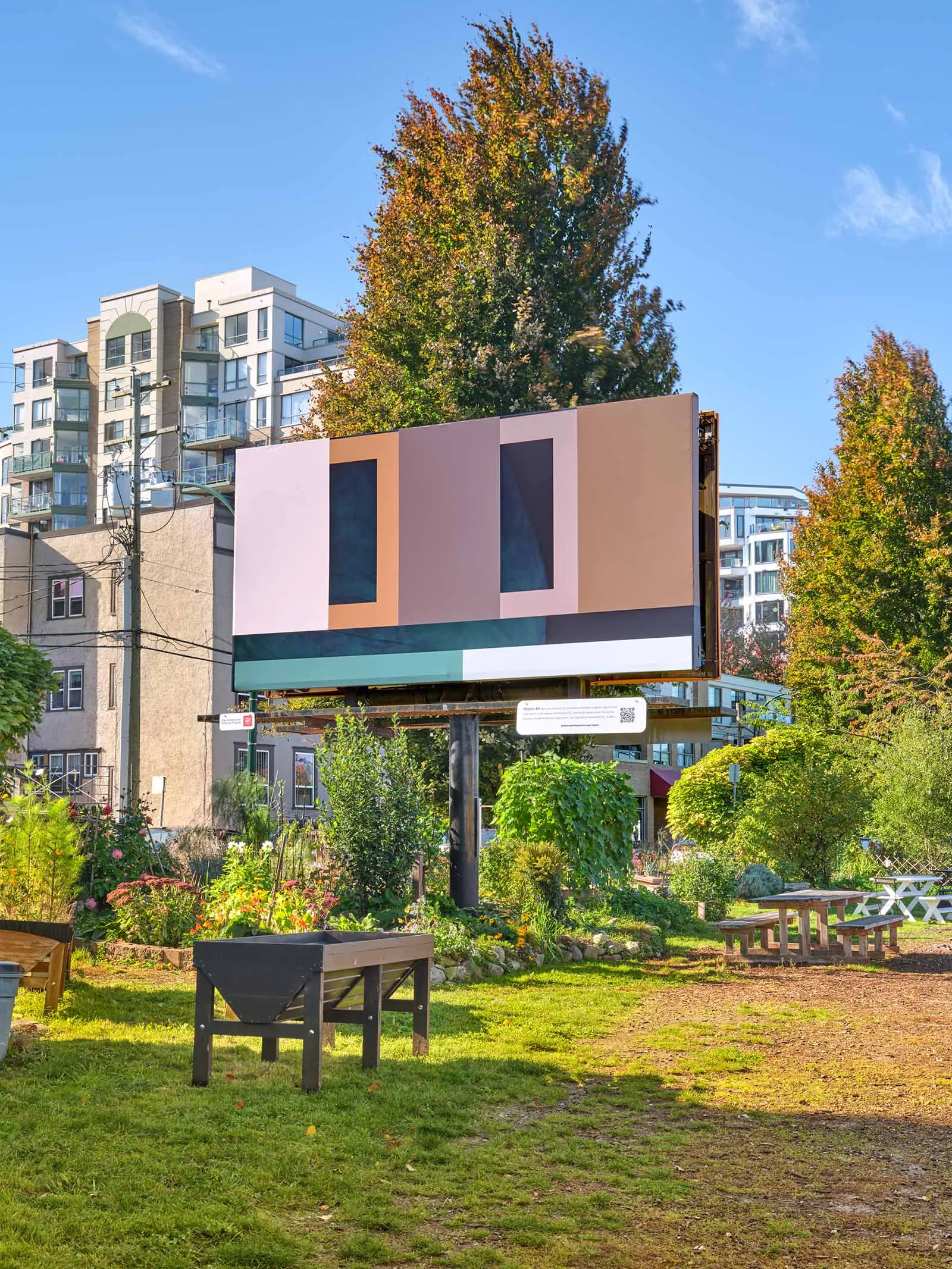
About Ripples
Sydney Hart developed this series through discussions with Christine D'Onofrio, the GRC, and Gavin Fridell, a researcher at Saint Mary's University in Halifax whose work explores the political economy and ideological aspects of trade and trade policy.
Fridell's extensive knowledge of the impacts of international trade, and Hart's artistic approaches to data visualization, formed the basis for a creative exchange questioning how these impacts can be understood.
Ripples was installed on the unceded traditional territories of the xʷməθkʷəy̓əm (Musqueam Indian Band), Sḵwx̱wú7mesh Úxwumixw (Squamish Nation), and səlilwətaɬ (Tsleil-Waututh Nation).
The Series
People
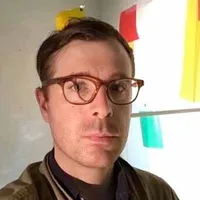 Sydney Hart is a Vancouver-based artist, art critic, and lecturer in the Faculty of Culture and Community at Emily Carr University of Art + Design.
Sydney Hart is a Vancouver-based artist, art critic, and lecturer in the Faculty of Culture and Community at Emily Carr University of Art + Design.
 Christine D'Onofrio is an artist, as well as Associate Professor of Teaching, Chair of the Bachelor of Media Studies program and Director of Digital Scholarship in Arts, at the University of British Columbia.
Christine D'Onofrio is an artist, as well as Associate Professor of Teaching, Chair of the Bachelor of Media Studies program and Director of Digital Scholarship in Arts, at the University of British Columbia.
 Gavin Fridell is a professor in Political Science and Global Development Studies at St. Mary's University and a member of the Trade and Investment Research Project (TIRP) and the Canadian Centre for Policy Alternatives (CCPA).
Gavin Fridell is a professor in Political Science and Global Development Studies at St. Mary's University and a member of the Trade and Investment Research Project (TIRP) and the Canadian Centre for Policy Alternatives (CCPA).
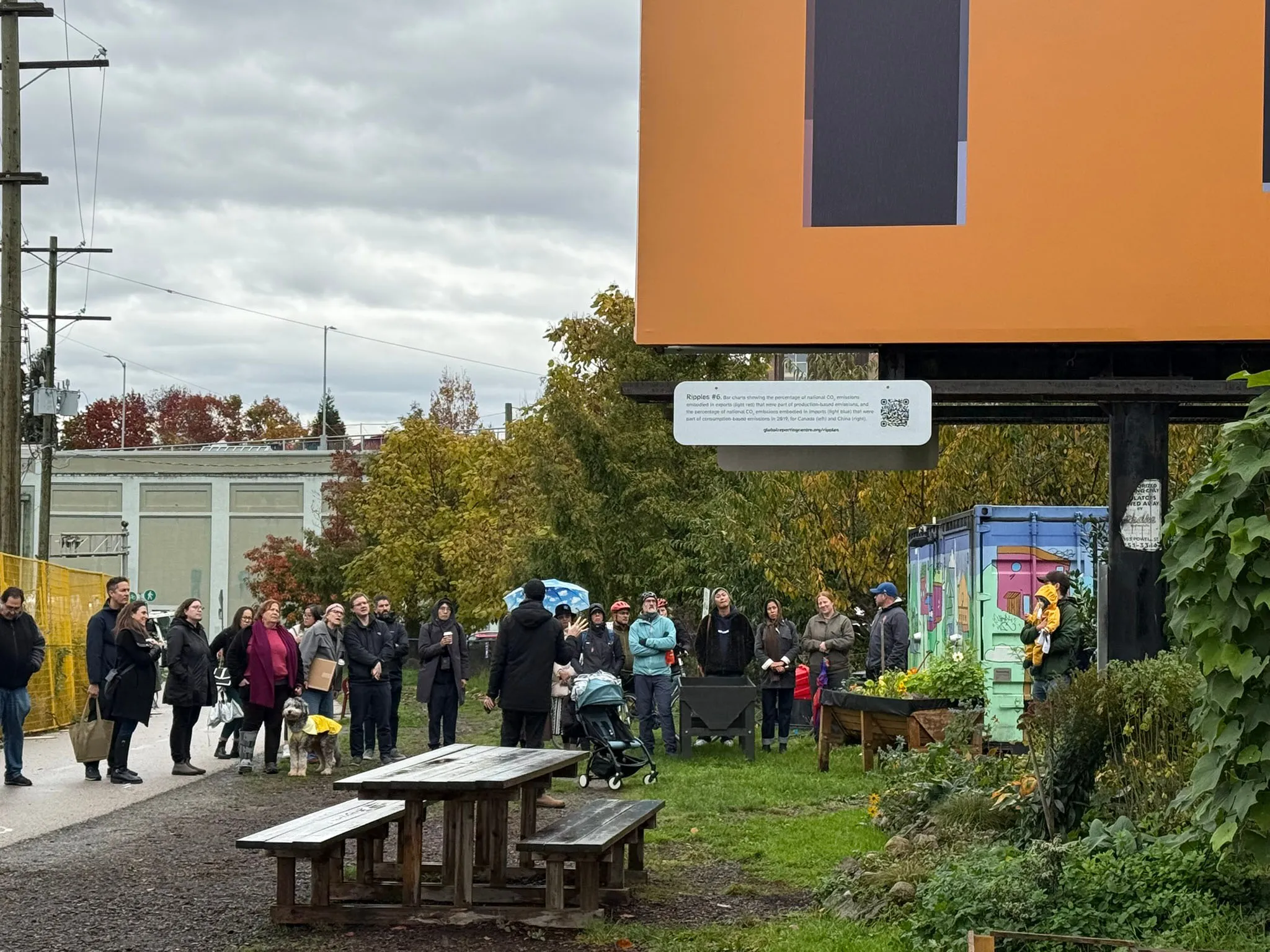
About the Global Reporting Centre
We are an editorially independent journalism organization based at the UBC School of Journalism, Writing, and Media. Founded in 2016, we are leaders in doing global journalism differently. We innovate industry practice, educate the next generation, and promote greater equity in journalism.
Our journalism, research, and education programs are funded through donations and grants. Every donated dollar allows our small team the time to do the rigorous research, interviewing, data gathering, editing, and fact-checking needed to seek and report the truth. Sign up for our newsletter or consider making a tax-deductible donation today.

Hidden Costs
Ripples is part of a multi-year research cluster and reporting collaboration called the Hidden Costs of Global Supply Chains. Led by the Global Reporting Centre, Hidden Costs brings together dozens of academics, journalists, and artists from around the world to reveal the consequences of global supply chains.
See more of the related research and journalistic work.
We gratefully acknowledge that this project is supported in part by funding from the Government of Canada (Social Sciences and Humanities Research Council).

